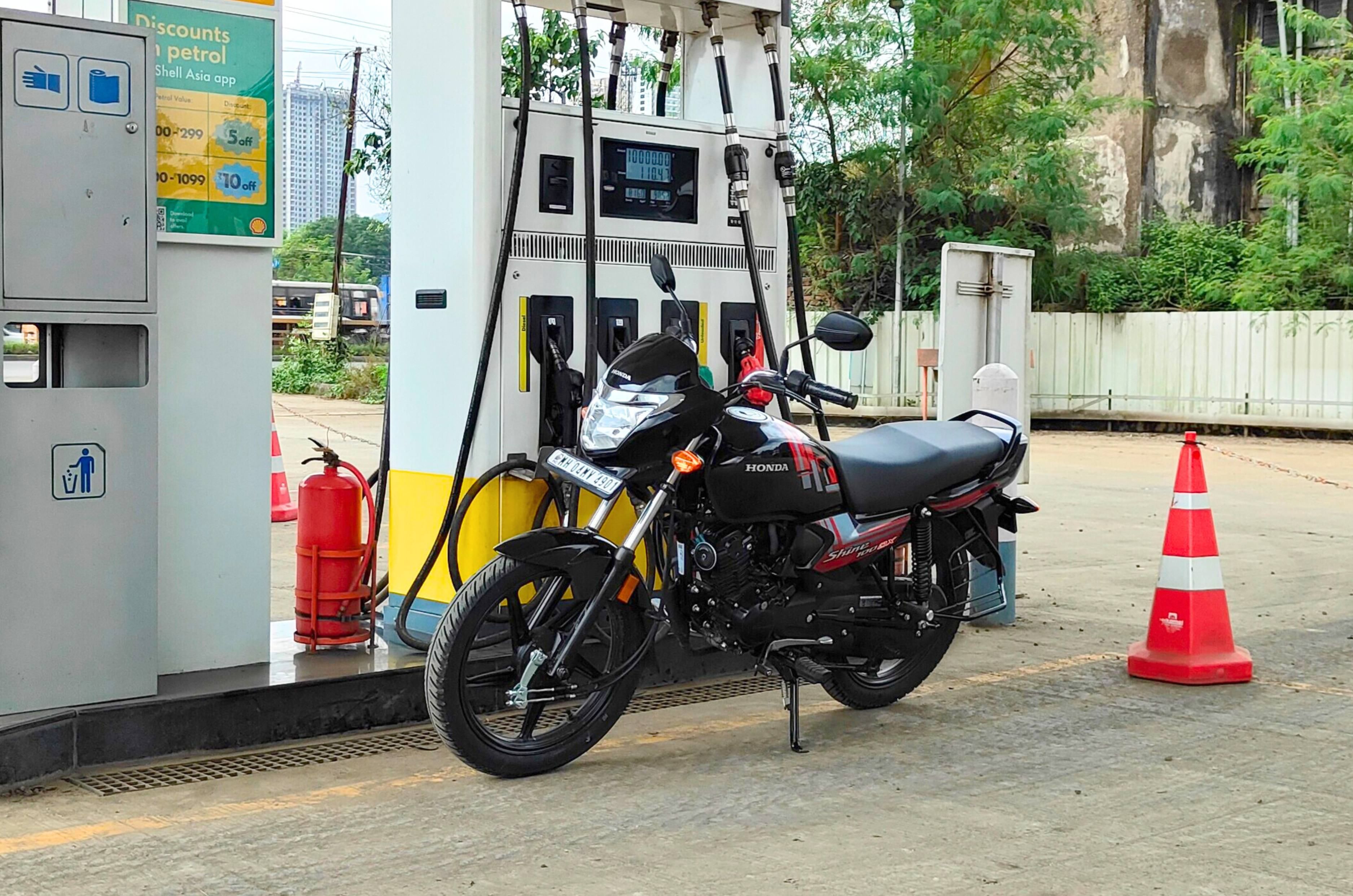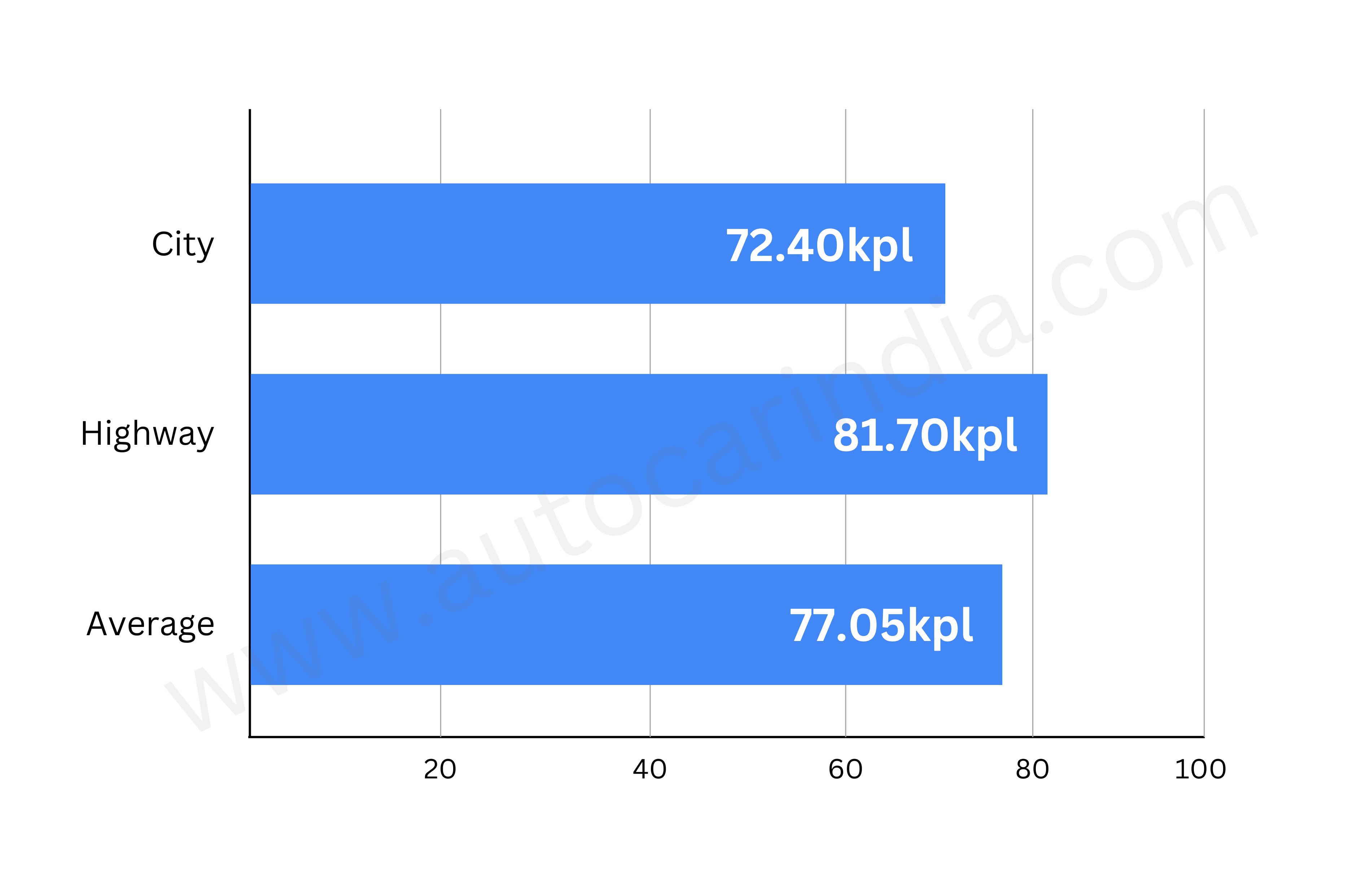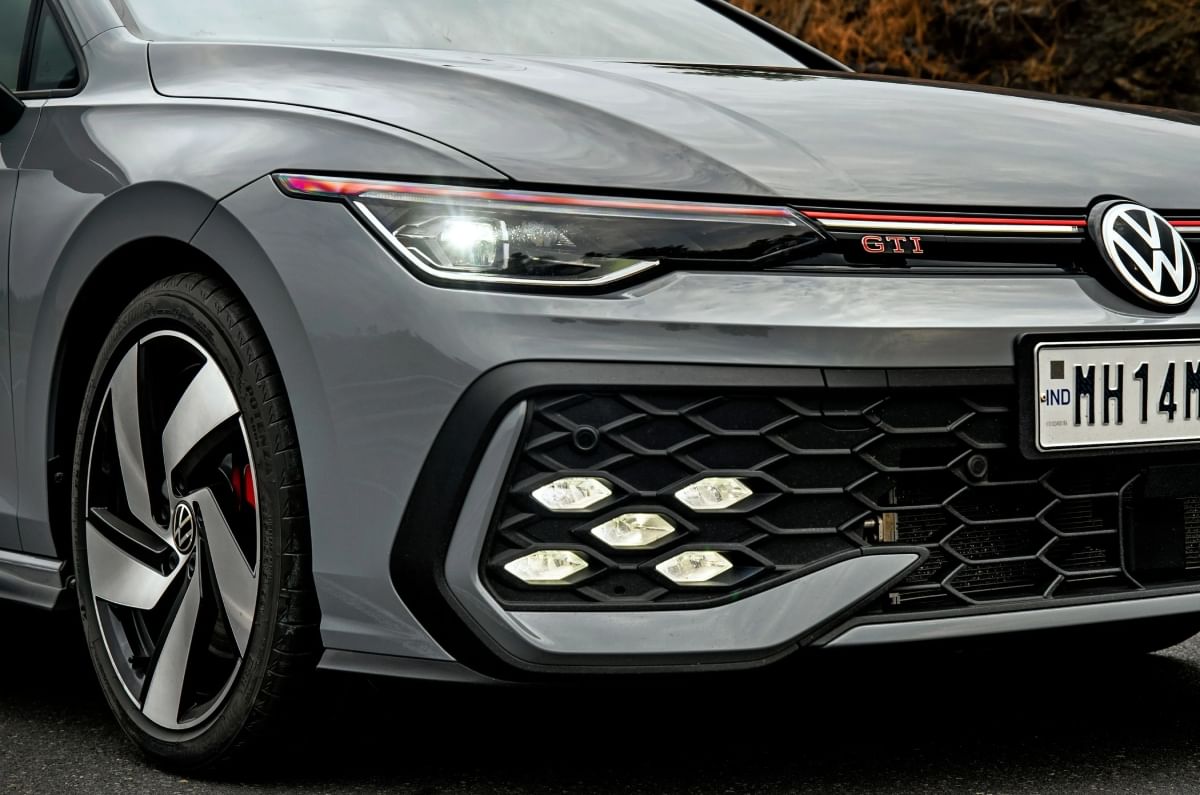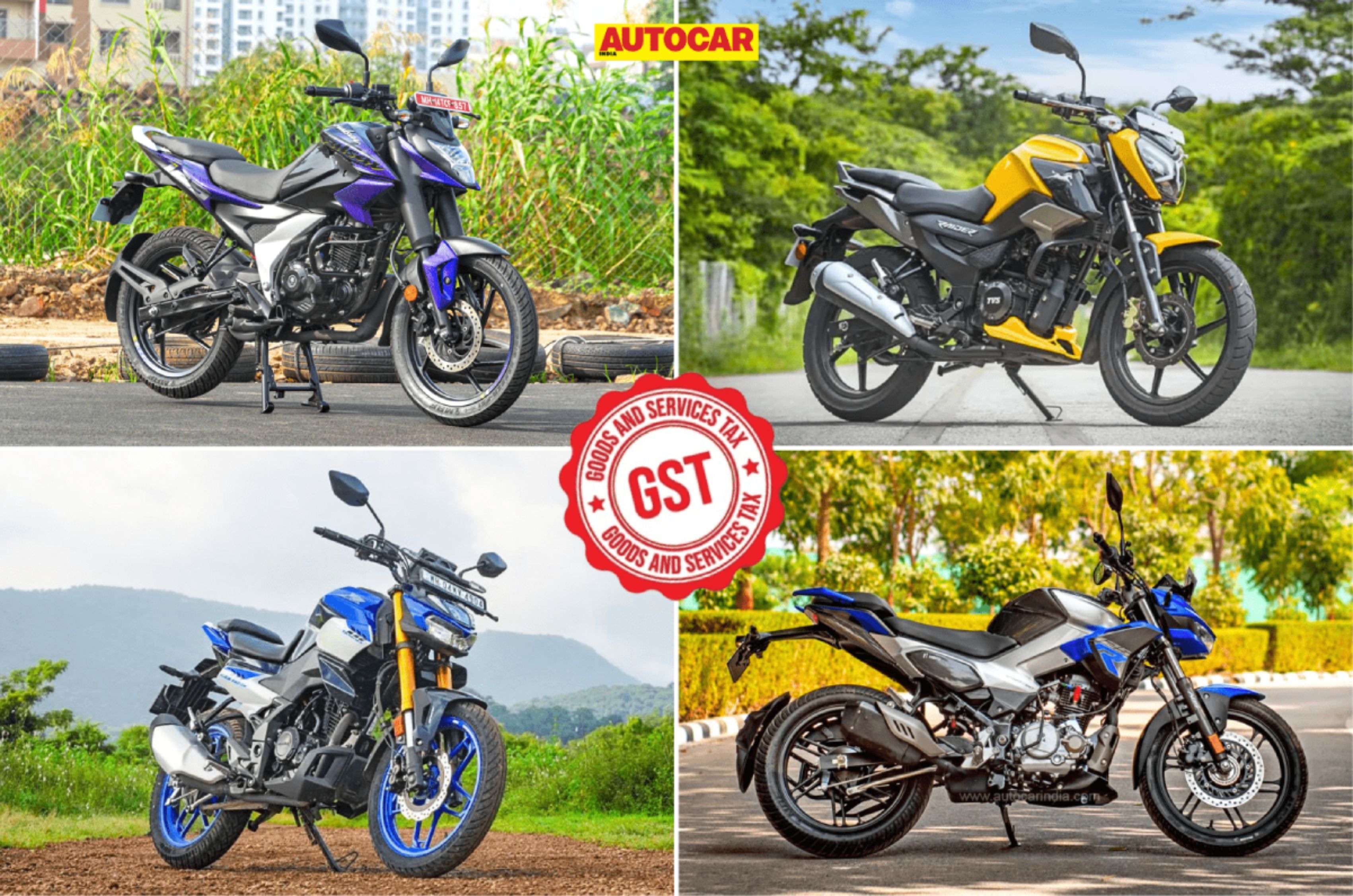
100cc commuter bikes are known to be some of the most fuel-efficient vehicles across the entire spectrum of ICE vehicles. We were recently able to spend some extended seat time aboard the Shine 100 DX – the higher variant of the 100cc Honda commuter – and here’s how much fuel economy it returned.
Honda Shine 100 DX real-world fuel efficiency
Shine 100 DX returned 77kpl (combined)
As is our practice, we started by running the Shine 100 DX out on the highway for close to 60km after which it needed a minimal 700ml of petrol to brim the tank once more. This gave us a staggering 81.7kpl fuel economy figure.
Once that was done, we headed to the traffic-riddled streets of South Mumbai where we ran the Shine for a shade over 50km. Again, it needed just 700ml of fuel to top up the tank once more which resulted in a 72.4kpl fuel efficiency number.
Honda Shine 100 DX fuel economy analysis
Shine DX is 9 kilos lighter than the Hero Splendor
Before we dive into the nitty gritty of why the Shine returned such astounding mileage figures, we must bear in mind that in the 100cc commuter class these numbers are more or less par for the course.
Coming to the nuances of why the Shine 100 DX was this fuel efficient, we believe there are primarily two reasons. Firstly, at 103kg, the Shine 100 DX is one of the lightest bikes on sale in India and a full 9 kilos lighter than the popular Hero Splendor. Secondly, even though it only has a 4-speed gearbox, the ratios themselves are well-spaced. First through third gears are short and keep you in the sweet spot inside the city while ensuring decent acceleration. Fourth gear is a tall one (almost an ‘overdrive’ of sorts) and keeps engine rpm low when you’re out cruising on the highway.

Speaking of highway cruising, we usually maintain approximately 75-80kph on most bikes we test as that is the speed limit on the majority of Indian highways. However, considering the sweet spot of the Shine’s engine and the real-world usage patterns of its prospective customers, we kept the speeds between 60-65kph for the most part, occasionally going up to 70kph. Do bear in mind that the numbers we get are only indicative of what you could see on your vehicle and fuel economy can vary depending on how you ride the vehicle.
Autocar India’s fuel-efficiency testing
Our fuel-efficiency testing routine starts by first brimming the tank and ensuring the bike is running the manufacturer’s recommended tyre pressures. The bike is then ridden on fixed city and highway routes, where we maintain average speeds that best mimic real-world scenarios as well as keeping speed limits in mind. The payload on the bikes is kept constant by balancing rider weights and ballast, ensuring consistency across different vehicles and riders. At the end of the test cycle, the fuel tank is once again filled to the brim, giving us an accurate figure of how much fuel has been consumed against the trip meter reading.



